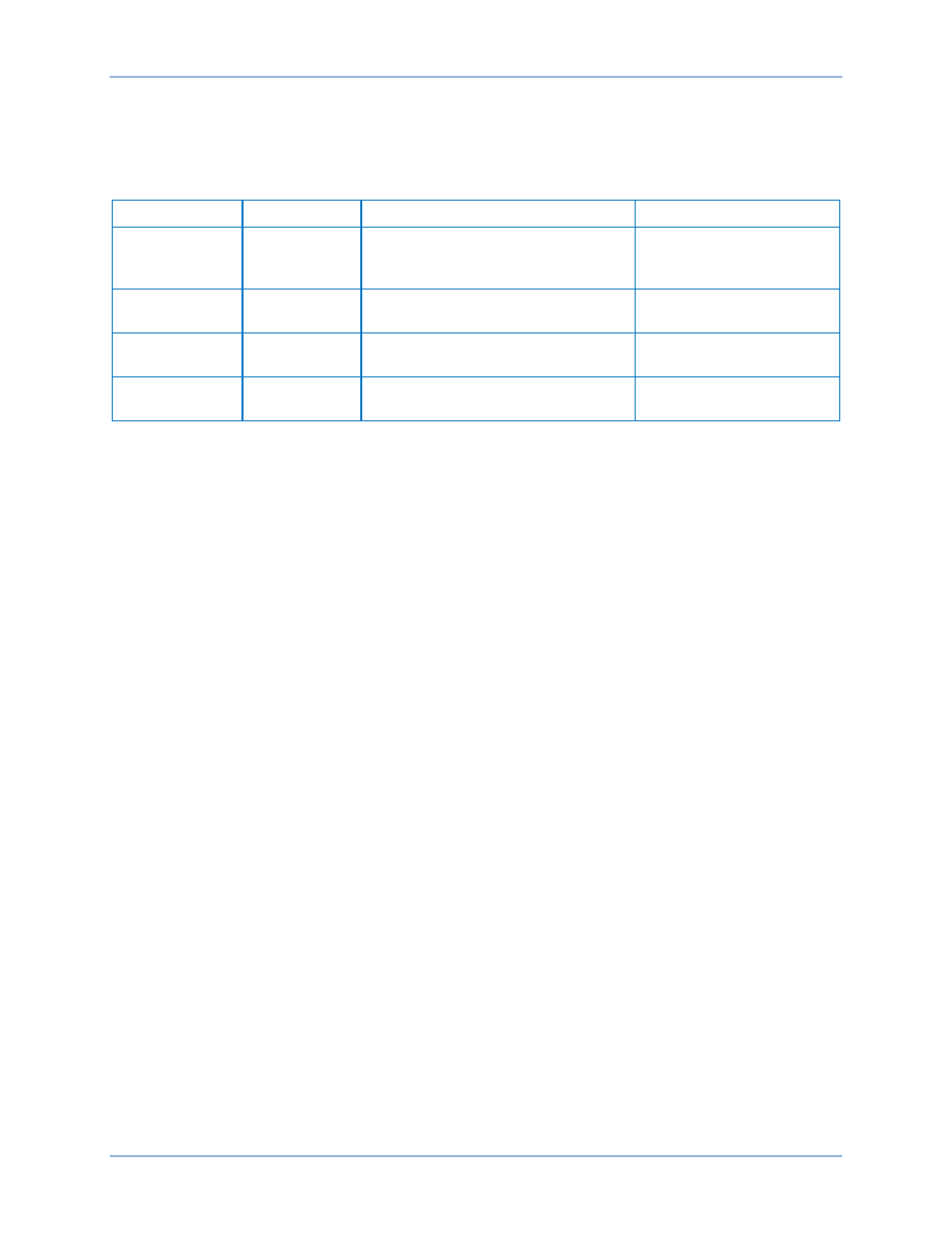Basler Electric BE1-11t User Manual
Page 409

9424200995 Rev H
397
Step 3: Using Table 187 as a guide, send the settings to the BE1-11t. Prior to each directional test,
reset the BE1-11t targets from the previous test. Max Torque Angle setting, for positive and
zero sequence impedance angles is continuously adjustable between 0 and 90
°, the default
setting of 80
° is used in the test example.
Table 187. Negative-Sequence Polarization Operational Settings
Setting
Value
BESTCOMSPlus Screen
Description
Polarization
Method
IG=unchecked
Q=checked
V=unchecked
Protection, Current, Polarization
(67N)
Selects negative sequence
polarization
Pickup
2.5 A
Protection, Current, Instantaneous
Overcurrent (50-1)
Sets 50-1 pickup to 2.5
amps
Pickup
0 A
Protection, Current, Instantaneous
Overcurrent (50-2)
Sets 50-2 pickup to 0
amps
Pickup
0 A
Protection, Current, Instantaneous
Overcurrent (50-3)
Sets 50-3 pickup to 0
amps
Positive-Sequence Voltage Polarizing, Phase Overcurrent Elements
Step 4: Connect and apply a 120 Vac, three-phase voltage source at nominal frequency to terminals
C13 (A-phase), C14 (B-phase), C15 (C-phase), and C16 (neutral). Connect a variable ac
current source to terminals D1 (A-phase polarity) and D2 (A-phase non-polarity).
Step 5: Set A-phase current source to 0 amps with an angle of 80 degrees lagging (positive-sequence
torque angle) and slowly increase the current until OUT1 closes. Decrease A-phase current until
OUT1 just drops out. Pickup will occur within
±2% of the 50-1 pickup setting (2.45 A to 2.55A).
Dropout will occur at approximately 95% of the actual pickup value. Verify that there is a 50-1-
67-A target on the front-panel display.
Step 6: With three-phase voltage still applied, increase the A-phase current until OUT1 closes. Swing
the angle of the applied current +90 degrees and –90 degrees away from the 80-degree
positive-sequence torque angle. Verify that OUT1 opens at approximately 170 degrees lagging
and 350 degrees lagging. OUT1 should remain closed from 170 to 180, and continuing through
350 degrees lagging (defined as forward trip direction).
Negative-Sequence Voltage Polarizing, Phase Overcurrent Elements
Step 7: Apply a 120 Vac, three-phase voltage source at nominal frequency to terminals C13 (A-phase),
C14 (B-phase), C15 (C-phase), and C16 (neutral). Reduce the A-phase voltage to 40 Vac. View
the Metering screen on the front-panel display to verify that negative-sequence voltage is
greater than 1 volt.
Step 8: Set A-phase current source to 0 amps with an angle of 80 degrees lagging (same as negative-
sequence torque angle) and slowly increase the current until OUT1 closes. Pickup will occur
within
±2% of the 50-1 pickup setting (2.45 A to 2.55A). Decrease A-phase current until OUT1
just drops out. Dropout will occur at approximately 95% of the actual pickup value. Verify that
there is a 50-1-67-A target on the front-panel display.
Step 9: With the same voltage still applied, increase the A-phase current until OUT1 closes. Swing the
angle of the applied current +90 degrees and –90 degrees away from the 80-degree negative-
sequence torque angle. Verify that OUT1 opens at approximately 170 degrees lagging and 350
degrees lagging. OUT1 should remain closed from 170 to 180, and continuing through 350
degrees lagging (defined as forward trip direction).
Step 10: (Optional.) Repeat steps 4 through 9 for B-phase current (D3 and D4) and C-phase current (D5
and D6).
BE1-11t
Directional Overcurrent (67) Test